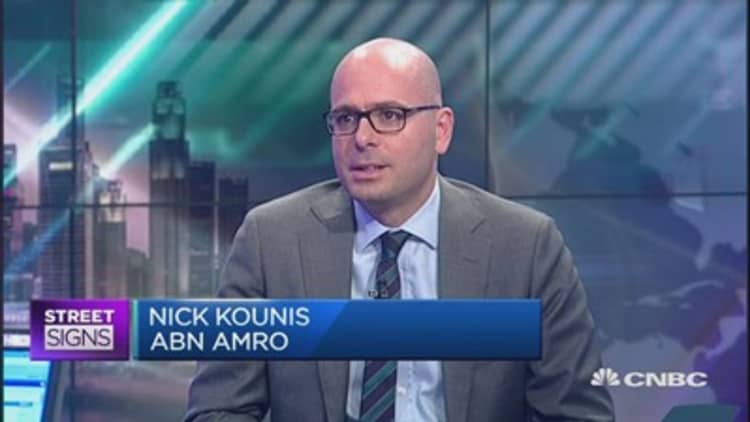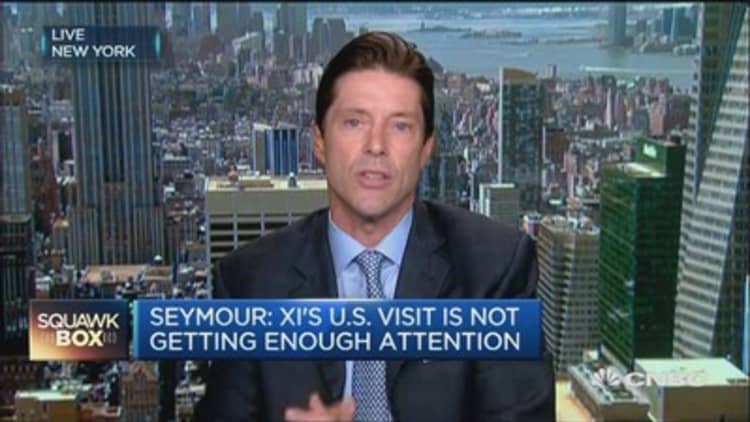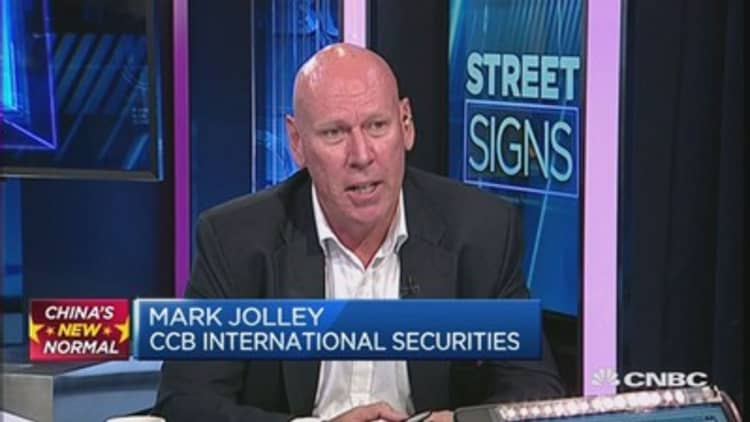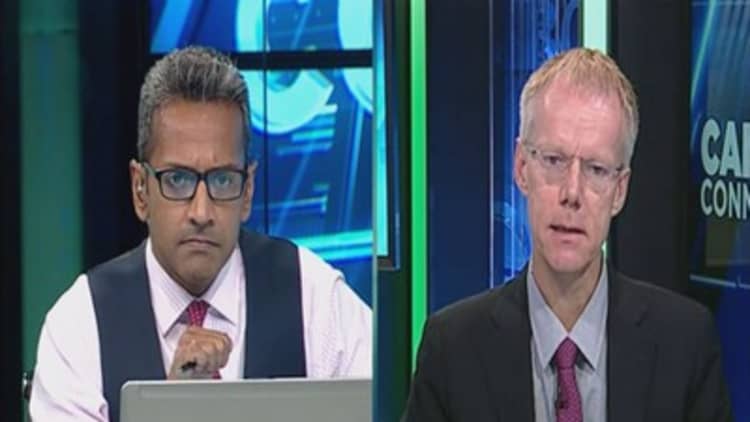



China growth concerns have already pushed global sentiment into a tight corner, alongside uncertainty over the Federal Reserve's rate policy.
But, after weak manufacturing data Wednesday, big global investment banks are highlighting the faults with their own already pessimistic forecasts for the world's second-largest economy.
"We see downside risks to our GDP (gross domestic product) growth forecast at 6.9 percent year-on-year in (the third quarter)," said research analysts at Nomura —after the data release.
The Japanese bank expects the official Purchasing Managers' Index (PMI) to edge lower despite predicting more selective easing from its central bank. Swiss private banking group Julius had similar concerns, revising its economic growth target for China downwards on Wednesday to 6 percent for 2016.
Even before the figures were published, Barclays was also ripping up its previous forecast.
"We now expect China's growth to slow further in coming quarters, bringing down our annual growth projections to 6.6 percent in 2015 and 6.0 percent in 2016," a team of analysts, led by Christian Keller, said in a note on Tuesday evening.
This scenario from Barclays is below consensus, but it too noted downside risks to its predictions including excess capacities in many industries, an oversupply in the housing market, and high debt in local governments.
Chinese authorities are currently trying to shift to a more consumer-focused economy, but Barclays stressed that service sector expansion and consumption growth were unlikely to fully compensate for other headwinds.
'Weakest since March 2009'
Wednesday's flash manufacturing PMI, released by Caixin and compiled by Markit, hit its weakest since March 2009 — the height of the global financial crisis.
Markit suggested that the data meant the pace of economic growth was slowing further in the third quarter of 2015. It also spoke of order books slumping, weakening demand, accelerating job losses and a buildup in inventories in the industry.
Policymakers in China are targeting annual economic growth of "around" 7 percent for this year, which would be the weakest expansion in a quarter of a century, according to Reuters data.
GDP expanded 7.4 percent last year from 7.7 percent in 2013 and has been significantly lower than the double-digit growth experienced in the last decade.
No deepening crisis
But there might be reasons for optimism, according to Capital Economics. The London-based economic research consultancy has been one of the few investment houses still taking a positive tone on China.
"We would caution against giving the PMI too much weight," Julian Evans-Pritchard, a China economist at the company, said in a note Wednesday morning.
"Its recent weakness – it fell to its lowest since 2009 in August – has not been corroborated by the broader activity data which currently don't point to a deepening economic crisis."




